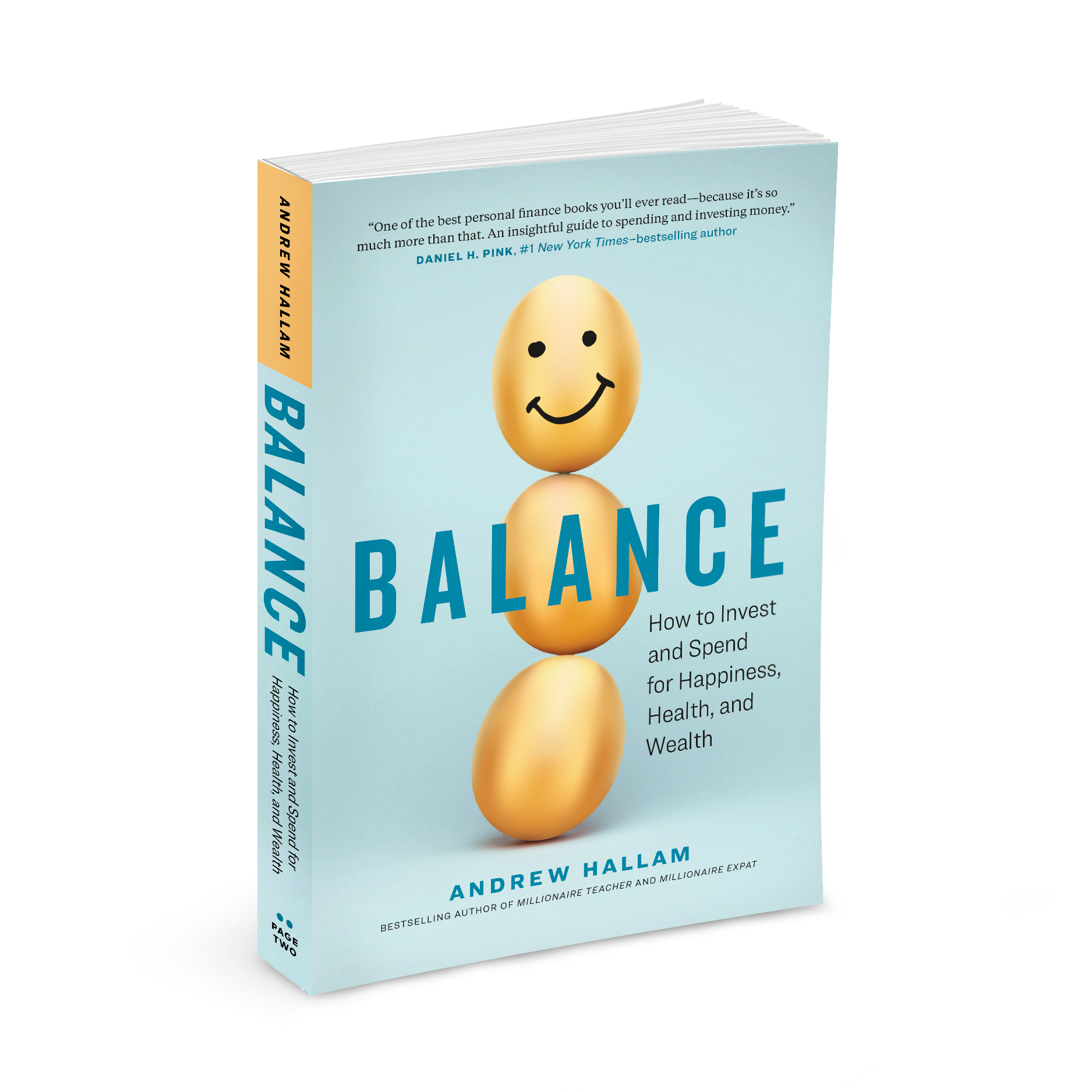When I was studying physical education at university, I learned about something called the Inverted-U hypothesis.
The suggestion was this: in sports, an athlete needs a certain amount of anxiety to perform at an optimal level.
Without that “stress” they go out onto the sports field with the ferocity of a marshmallow, and they generally get creamed.
Too much anxiety, however, causes athlete’s to choke on their own ambitions. Rigor Mortis prematurely renders them as effective as the stereotypical zombie (even in movies, zombies can’t sprint).
Here it is below:
Relationship Between Arousal and Performance

The more I study investing, the more I think about the Inverted-U hypothesis.
Replace “arousal” with “financial sophistication” and you’d have the same curve.
Let me explain:
Someone who doesn’t save money and who lives beyond their means–paying credit card interest on luxury items, for example– has a low level of financial sophistication. Their financial performance would be like Ben Johnson’s sprinting ability…without the drugs….without the training…and without food.
But someone who pays off their credits card balances every month, saves money, and diversifies their investments in low cost index funds could be described as having a moderate level of financial sophistication—yet their investment performance would be close to the optimal level.
The vast majority of people, however, who base their investment decisions on the economy, or the availability of the next great exchange traded fund, or a supposedly superior back-tested model of portfolio allocation, usually slip down the Inverted U slide, hang on to its bottom edge, and trumpet how far they are ahead of the curve.
Most of the smart people (and they usually are really smart) who let the economy and the next great idea influence their investment decisions generally perform poorly. These folks often coin themselves as “sophisticated investors”. But there’s rarely anything scintillating about their investment results.
This brings me to the simple Couch Potato concept that Scott Burns popularized in 1987. With this strategy, an investor would have two holdings: a total stock market index (initially the S&P 500) and a bond market index.
Money would be split evenly between the two indexes, and at the end of the calendar year, the investor would rebalance the portfolio (if it gets out of alignment) to retain the 50/50 split between stocks and bonds.
It sounds simple, doesn’t it?
Too simple?
Most sophisticated investors would say so.
But remember: most sophisticated investors earn poor results. Looking at Hedge Fund returns, after survivorship bias and backfill bias prove the point. You can’t get much more sophisticated than a Hedge Fund. But the vast majority of them lose to the total stock market index. Even before accounting for their outrageous fees, there’s little evidence to suggest that the average hedge fund manager can outperform the market—especially in taxable accounts.
On the other hand, the investor who accepts a simple strategy, sticks to it, and spends the rest of her free time playing with her kids in the park, rather than following the next great investment strategy, can whip the pants off most of the world’s financial geniuses.
It’s human nature, of course, to strive for improvement. We’re wired to do that. And in most areas of life, that’s a good thing. But in the world of investing, it might not be.
Let’s have a look at the evolution of the Couch Potato for a moment.
Deemed unsophisticated, many people over the years have tried to improve on it by back-testing combinations of other low-cost investment products, and offering them as alternatives.
Scott Burns himself has offered a few of these models himself.
Don’t get me wrong. These alterations are fabulous. But they might not always outperform the simple couch potato portfolio, despite their back-tested success. Let’s have a look at the model portfolios on the Assetbuilder website to see how they have performed during the past five years. Unlike the couch potato portfolio (comprised of just two indexes) the below portfolios contain anywhere between three indexes (for the Margarita portfolio) to ten indexes, (for the Ten Speed Portfolio)
As of August 2011
|
3 Mth Period |
1 Yr Annual |
3 Yrs Annual |
5 Yrs Annual |
YTD Period |
Since 09/2006 |
||
|
Annualized |
STD Dev |
||||||
|
Couch Potato |
-2.39 |
15.63 |
4.23 |
4.68 |
4.08 |
4.68 |
11.16 |
|
Margarita |
-5.36 |
14.07 |
2.70 |
3.46 |
0.45 |
3.46 |
14.76 |
|
Four Square |
-3.07 |
13.41 |
3.80 |
4.38 |
2.84 |
4.38 |
12.84 |
|
Five fold |
-3.97 |
14.51 |
4.39 |
4.14 |
3.48 |
4.14 |
15.79 |
|
Six Ways From Sunday |
-5.20 |
17.10 |
3.55 |
4.66 |
2.96 |
4.66 |
16.69 |
|
Seven Value |
-6.04 |
16.75 |
2.93 |
3.86 |
2.05 |
3.86 |
16.84 |
|
Seven Value 2 |
-6.93 |
16.83 |
2.82 |
3.57 |
0.91 |
3.57 |
17.62 |
|
Nine Emerging |
-7.35 |
15.97 |
3.04 |
4.13 |
-0.20 |
4.13 |
18.68 |
|
10 Speed |
-7.82 |
15.07 |
2.46 |
3.64 |
-1.07 |
3.64 |
19.04 |
Can you see which portfolio has the best 5 year track record?
Currently, it’s the simple couch potato portfolio: 50% stock index, 50% bond index, rebalanced annually. Have a look at its 3 month track record, its one year track record and its 3 year track record as well. Not too shabby.
I think all of these portfolios are great, but as you can see, more sophisticated approaches aren’t always better.
I have no idea which of these portfolios will outperform the rest over the next 5, 10, or 20 years (and nobody else does either) but I do believe this:
Anyone adhering to one of these portfolios through thick and thin will be placing themselves near the top of that inverted-U column.
On the other hand, most people who follow the economy and try to get tricky with fancy investment strategies will underperform the vast majority of “unsophisticated investors”
If you can balance yourself on top of the Inverted U, you’ll be just fine. Just don’t let the winds of change shift you from the perch.





